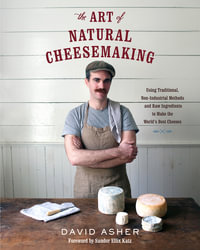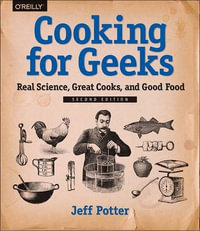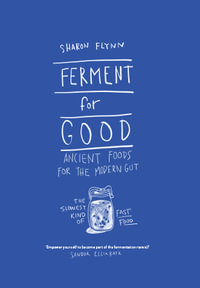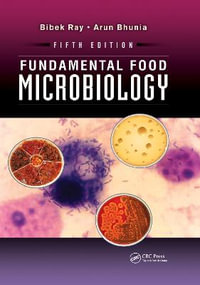
Bread-making quality of wheat
A century of breeding in Europe
By: Bob Belderok, Hans Mesdag, Dingena A. Donner
Hardcover | 30 September 2000
At a Glance
Hardcover
$381.01
Aims to ship in 7 to 10 business days
ISBN: 9780792363835
ISBN-10: 0792363833
Published: 30th September 2000
Format: Hardcover
Language: English
Number of Pages: 440
Audience: General Adult
Publisher: Springer Nature B.V.
Country of Publication: NL
Dimensions (cm): 23.39 x 15.6 x 2.54
Weight (kg): 0.79
Shipping
| Standard Shipping | Express Shipping | |
|---|---|---|
| Metro postcodes: | $9.99 | $14.95 |
| Regional postcodes: | $9.99 | $14.95 |
| Rural postcodes: | $9.99 | $14.95 |
How to return your order
At Booktopia, we offer hassle-free returns in accordance with our returns policy. If you wish to return an item, please get in touch with Booktopia Customer Care.
Additional postage charges may be applicable.
Defective items
If there is a problem with any of the items received for your order then the Booktopia Customer Care team is ready to assist you.
For more info please visit our Help Centre.
You Can Find This Book In
This product is categorised by
- Non-FictionEngineering & TechnologyIndustrial Chemistry & Manufacturing TechnologiesIndustrial ChemistryFood & Beverage Technology
- Non-FictionScienceBiology, Life SciencesBiochemistryProteins
- Non-FictionEngineering & TechnologyAgriculture & FarmingAgronomy & Crop ProductionCereal Crops
- Non-FictionCooking, Food & DrinkHow to Cook & Recipe BooksBaking, Cakes, Icing & Sugarcraft
























